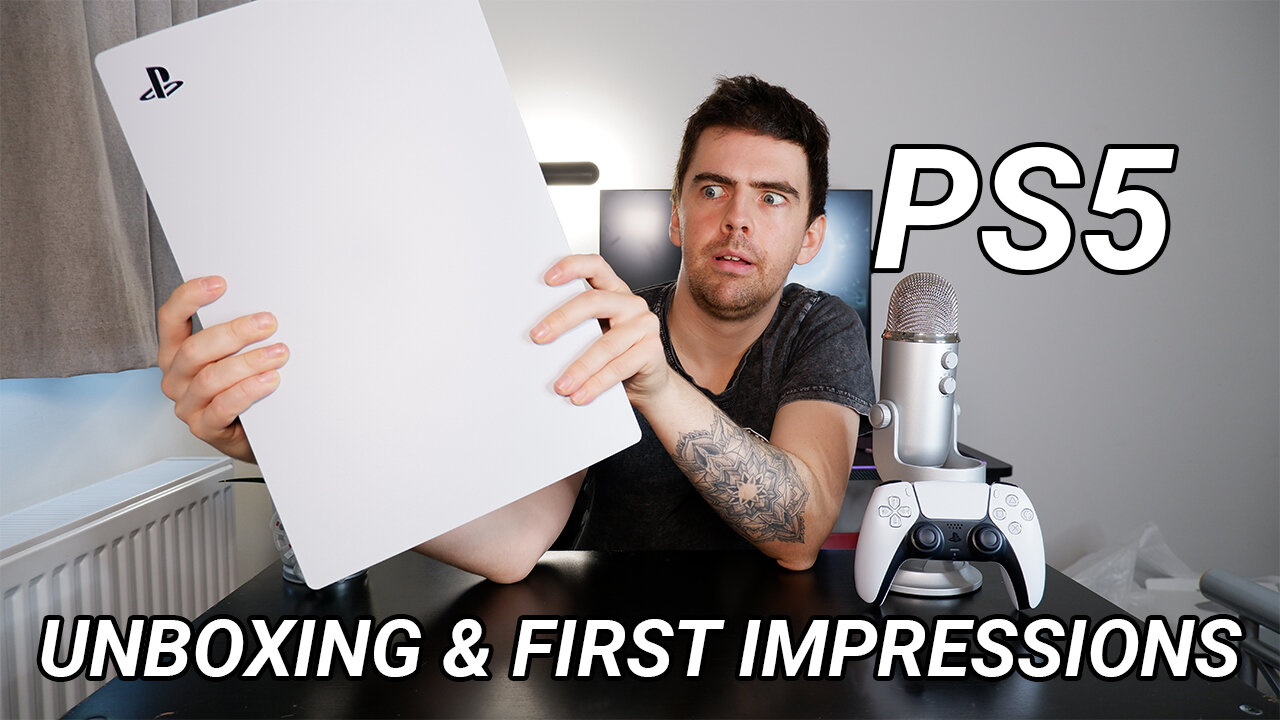Scientists Make Lightsabers A Reality With Molecule Switches
A team at Max Planck Institute for the Science of Light have managed to make two beams of light "touch" each other. Not only is this a breakthrough for physics, but it's a dream come true for many Star Wars fans out there...
We've all pretended to be a Jedi Knight at some point in our lives, waging war against the dark side. But this has always been a distant dream, because the physics of a laser sword combat have been scientifically impossible. Light has always required a large chunk of material as an intermediary to make contact. But with just a few photons and one organic particle, researchers have been able to mediate the light-light interaction between two beams.
So how was this done? The team ran by Vahid Sandoghdar, Director of the Nano-optics Division at the Institute, first cooled the molecules to minus 272 degrees Celsius and made two carefully focussed laser beams.
The test for this molecule to enable interaction between the two beams was for one (the control beam) to change its optical properties and become transparent as the second one (the probe beam) came into contact with it. At this temperature, the test was successful, showing the probe beam switching the molecule to transparent.
While that is all fair and good, there really is something here that could unlock the future of the computer industry. Semiconductor components like the transistor are constantly being miniaturised and sped up – but this can’t happen forever. We will eventually hit the metaphorical wall where it will be physically impossible to miniaturise further.
This is where the idea of a light transistor comes in. Processing information with photons instead of electrons would open the opportunity for more compact and powerful computers. But this is a long ways down the line, as we’re only controlling a few photons at the moment.
As for the future of this research, the team will continue to work towards controlling a light signal with individual photons, minimising the experiment to its absolute smallest form. They also want to embed the molecule onto a nano-optical transistor, to see if it can be wired up as part of electrical circuitry – which would be a brave first step towards processing information in a photonic computer that reads data entirely through light particles.













Alongside the scientists, 50% of the British public and the future health of young people across the nation, I have one simple request: delay Freedom Day, please.